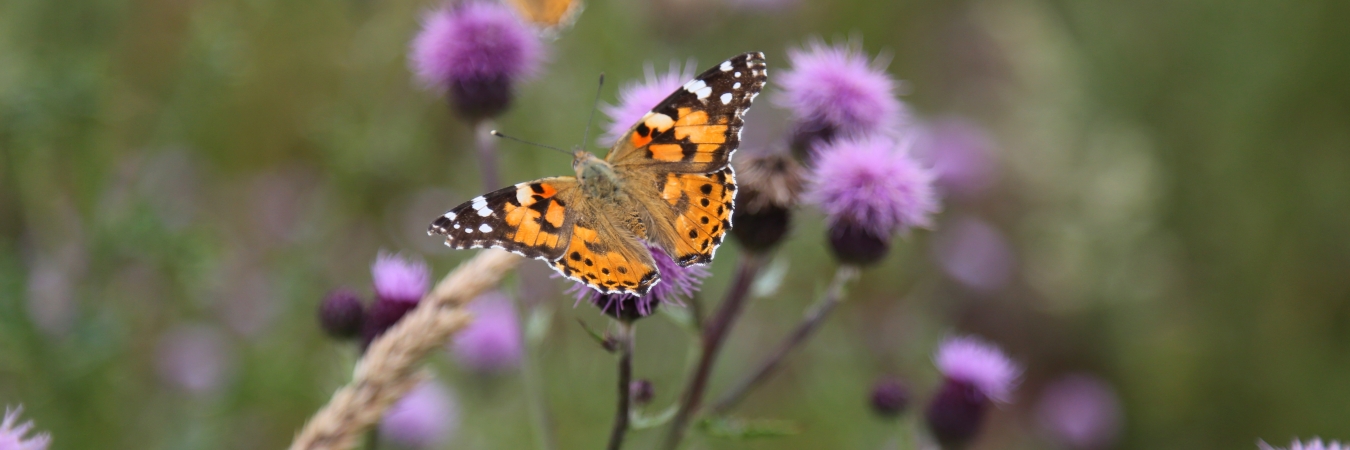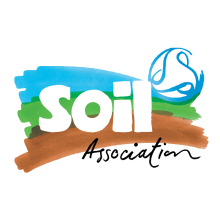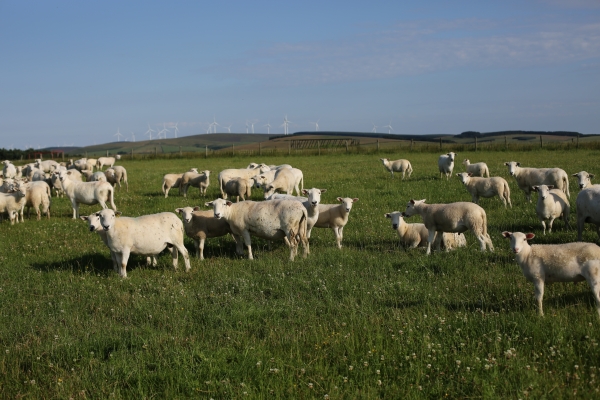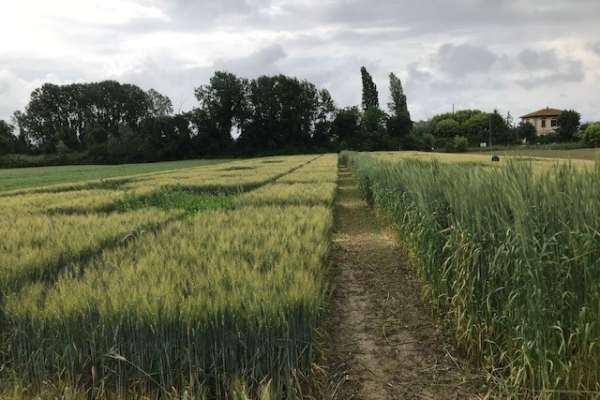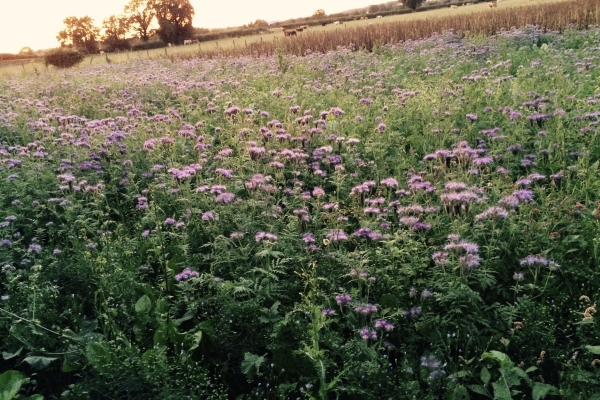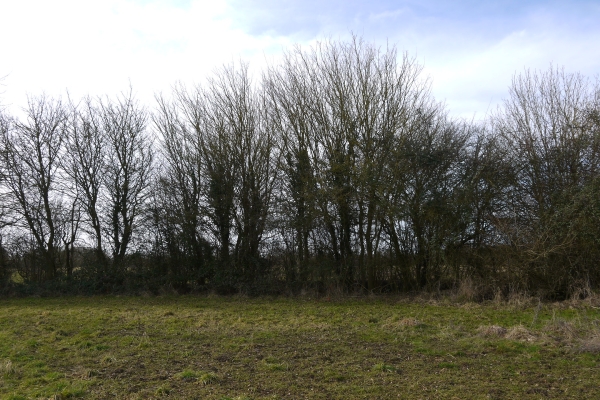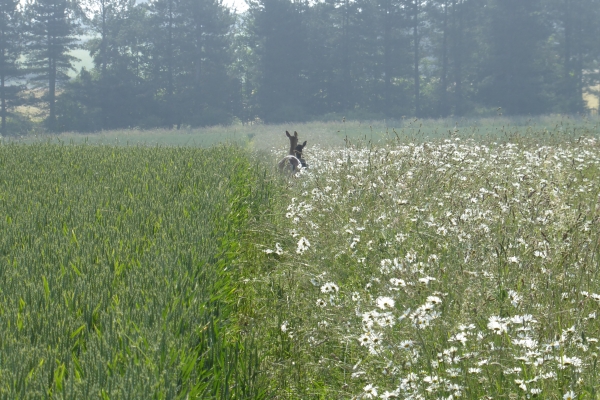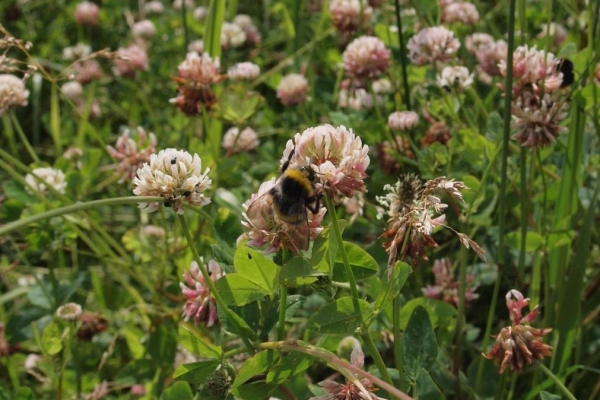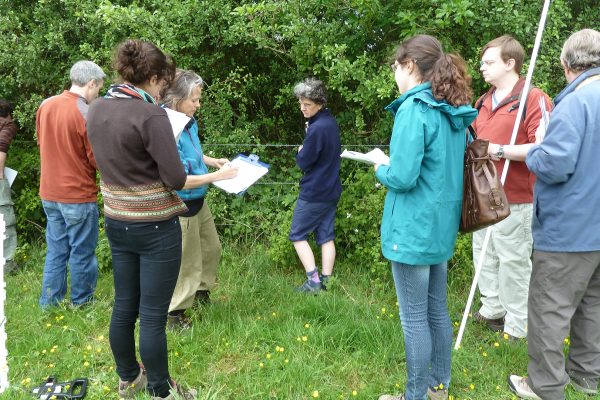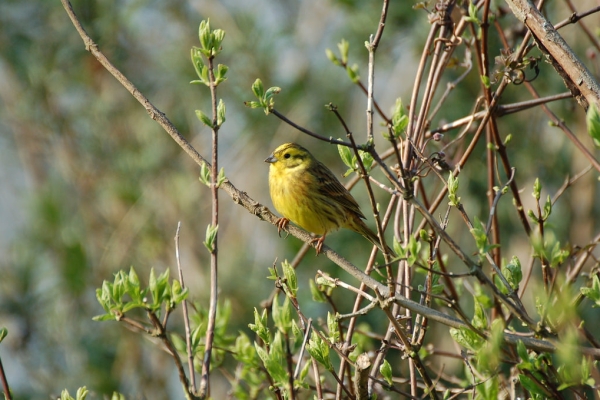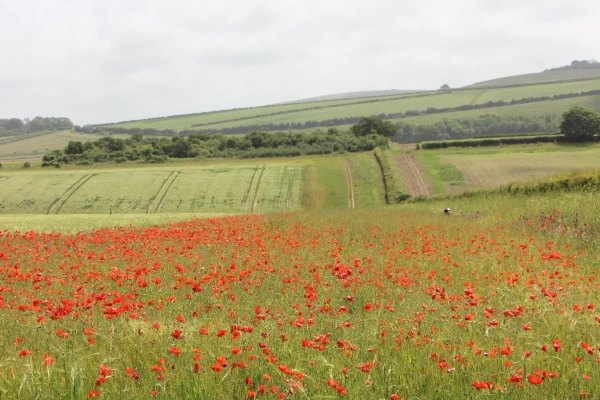“Increasing biodiversity is an ecosystem service for all of us”
We’re in a climate emergency and wildlife numbers are crashing, but farmers and land managers are uniquely positioned to help.
Through clever farm design and agroecological practices, farmers can provide ‘ecosystem services’ for all of us alongside the food they produce. This means, for example, contributing to clean water by preventing run-off; sequestering carbon in healthy soils and tree-planting, and encouraging wildlife; from the birds in the sky to the bugs in the ground.
Denise Walton farms organically at Peelham Farm in the Scottish Borders. Alongside her family, she has transformed it from a derelict arable farm to a thriving, connected habitat, designed to provide space for wildlife, such as birds and pollinating insects.
“We have an integrated, mixed farm: organic, Pasture for Life, cattle, pigs and store lamb,” says Denise. “We’re essentially farmers who add value on farm. We built a butchery in 2008, which draws livestock from the farm. We’re doing 80 – 100,000 kilos of meat a year which we sell online, at farmers markets, direct to independent ethical organic retailers, and hotels and restaurants.
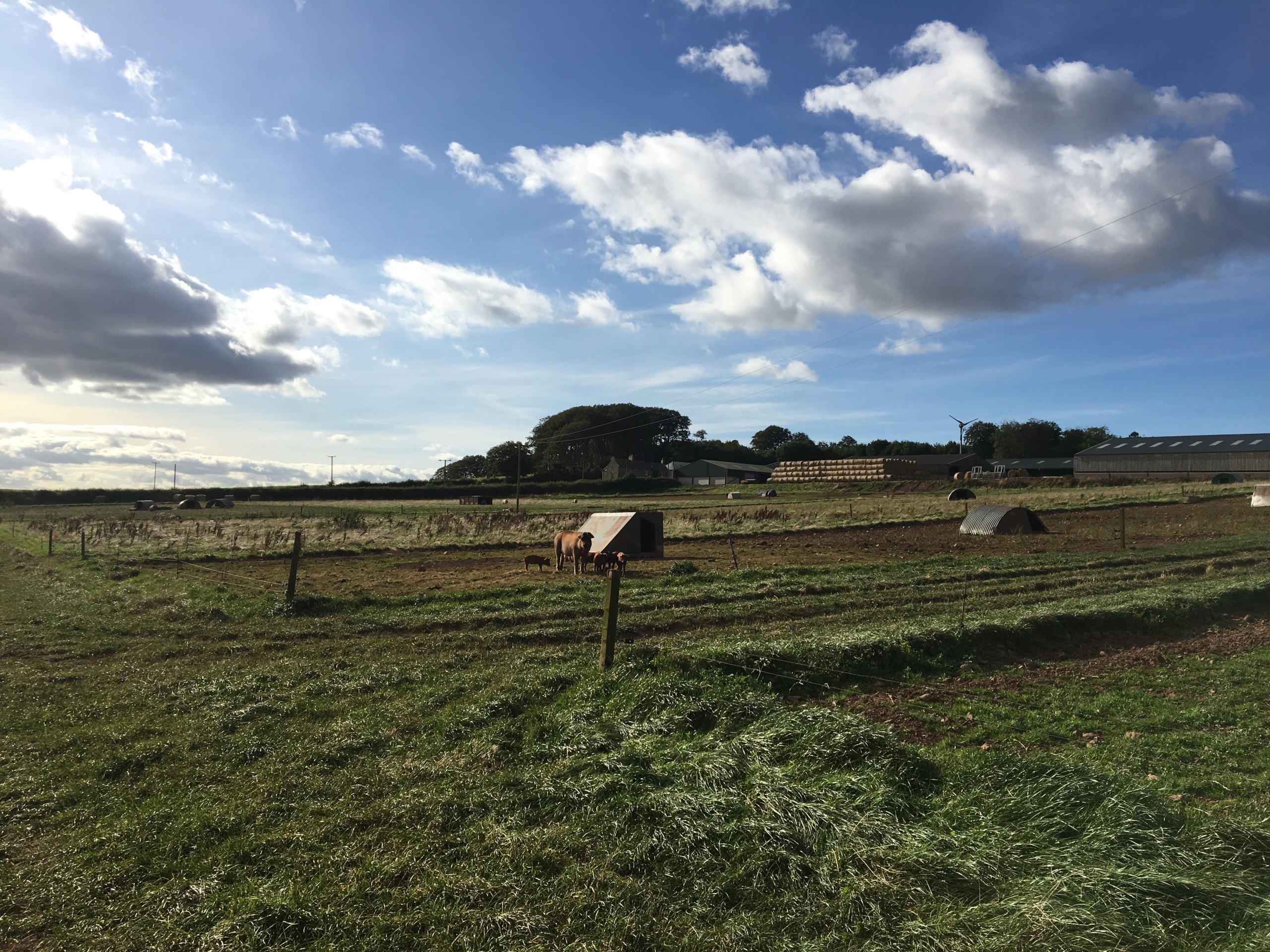
It was always the Waltons’ ambition to go organic, although they couldn’t afford it initially. They began converting following the CAP reform of 2002, which facilitated funding. They factored connectivity into their farm design from the beginning.
“Even before we started converting, we started restoring hedges and fence lines,” she says. “We were always conscious of how we needed to lay out and link and have the network of corridors – there’s no point putting a hedgerow in a field and that’s it. It needs to link. It’s all about connectivity, because wildlife, whether it’s small seed-eating birds, rodents, or even insects, will always follow corridors where there’s some kind of security from predators or a source of feed.”
But you can also use what you already have to increase biodiversity. “You can get habitat structure or diversity simply along the edge of a cut silage or cereal field, where you’ve exposed the stubble to a richness of weeds and weed seed.” Then where that’s linked to everything else you get a ‘cumulative structural benefit’ – “hedgerow linked to woodland, to an area of scrub, to a pond,” says Denise.
As the grant schemes developed, the Waltons gradually put in beetle banks and even a scheme of grassland and crop management for endangered corn buntings. “Basically it’s delaying the cutting of the silage, so allowing two potential periods of corn bunting and other ground-nesting fledglings. You delay until the end of July. If it’s a dry season, that will affect productivity. There needs to be a balance between productivity for livelihood and productivity for wildlife. As much as we would love to do it anyway, we couldn’t do it and survive as a business. The grant aid is designed to assist farmers who are sacrificing productivity for wildlife.
“The direct benefits are for the birds but there are indirect benefits to soil health, for example – the natural breakdown of organic matter, increased soil and earthworm activity – that’s all a benefit. And because we’re organic we’re not applying any agrochemicals – there’s no pesticides, herbicides or insecticides – so the insect populations aren’t inhibited or decimated. Increasing biodiversity is an ecosystem service for all of us. We need to get better at recognising different kinds of capital: financial, natural and social.”
The Waltons have also undertaken work to encourage pollinators, including being mindful of what kind of hedgerows they plant, and what seed mixes they use in their verges. “We don’t benefit directly because we don’t have crops that depend on pollination,” she says, “but that doesn’t diminish the value. Around us we have oilseed rape that is pollinated, and people leave hives here. We’ve planted dog rose and honeysuckle in the hedgerows, and we’ve encouraged brambles, so immediately you’ve got bees, hoverflies, and little insects pottering about all pollinating.
“We’ve planted crab apple and blackthorn; they’re really early flowering, so they’re there for earlier hoverflies bees and bumblebees. We have red and white clover in abundance and, although it’s anathema to some farmers, we have weed seeds like charlock that grow through the barley and masses of butterflies pollinating them. Because we feed our pigs the barley, the little smattering of weed seed adds interest and a small amount of nutrition.”
Denise says that at Peelham they are lucky to have a biodiversity hotspot – an ancient mire – on the farm, that they have maintained by not using any agrochemicals on the hill, avoiding pollutant run-off. But, she says, you don’t need to have a hotspot to have good habitat on your farm – you just need thoughtful design: “Plant hedgerows, plant woodlands, be very mindful of where you’re planting them so you get the connections between them. This isn’t about searching for the rare species but actually just providing a generous home for lots of wildlife.”
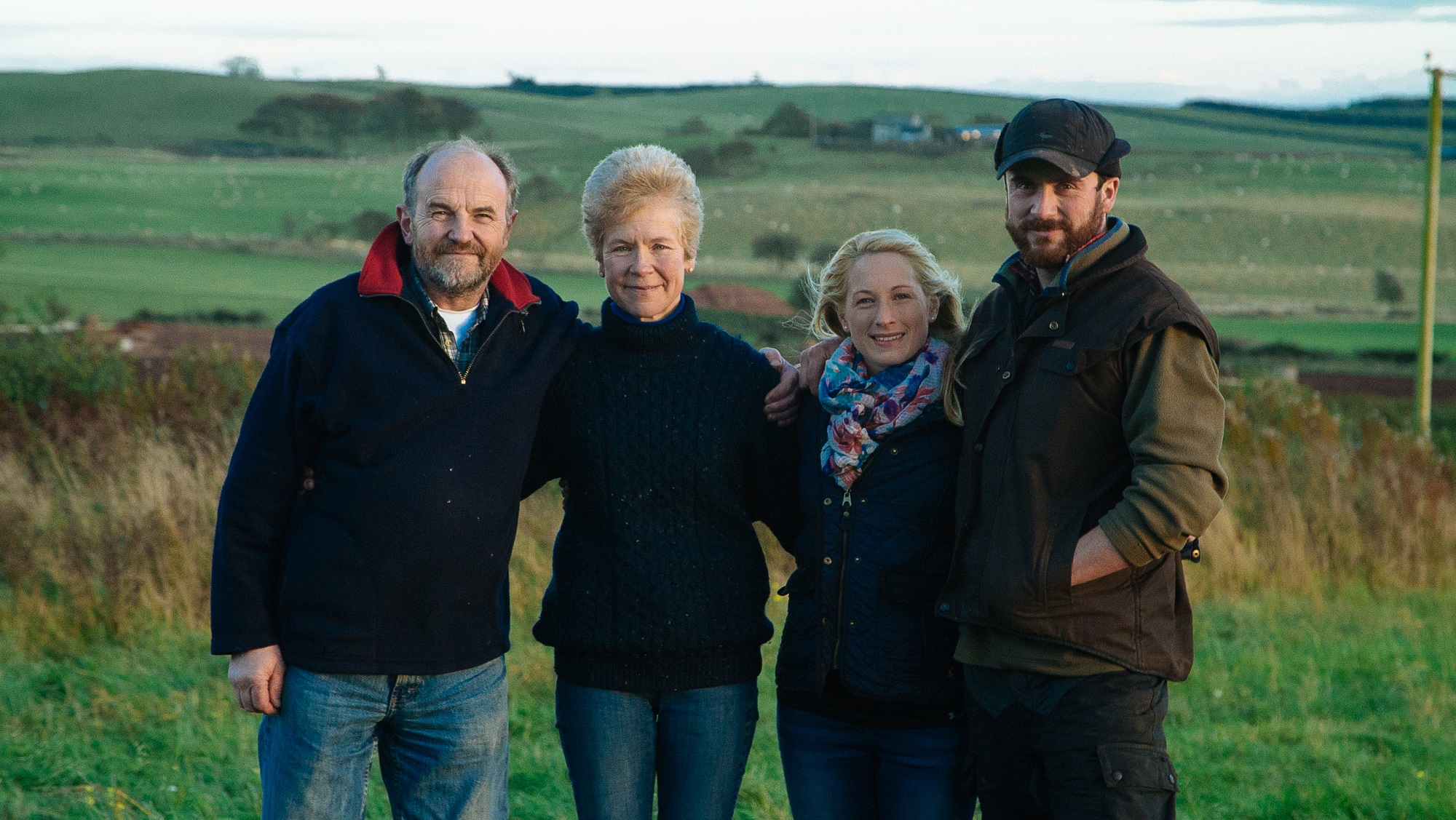
Header image shows painted lady butterfly
